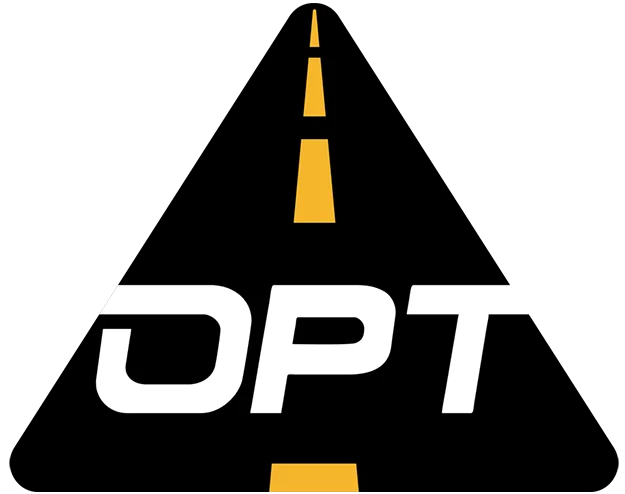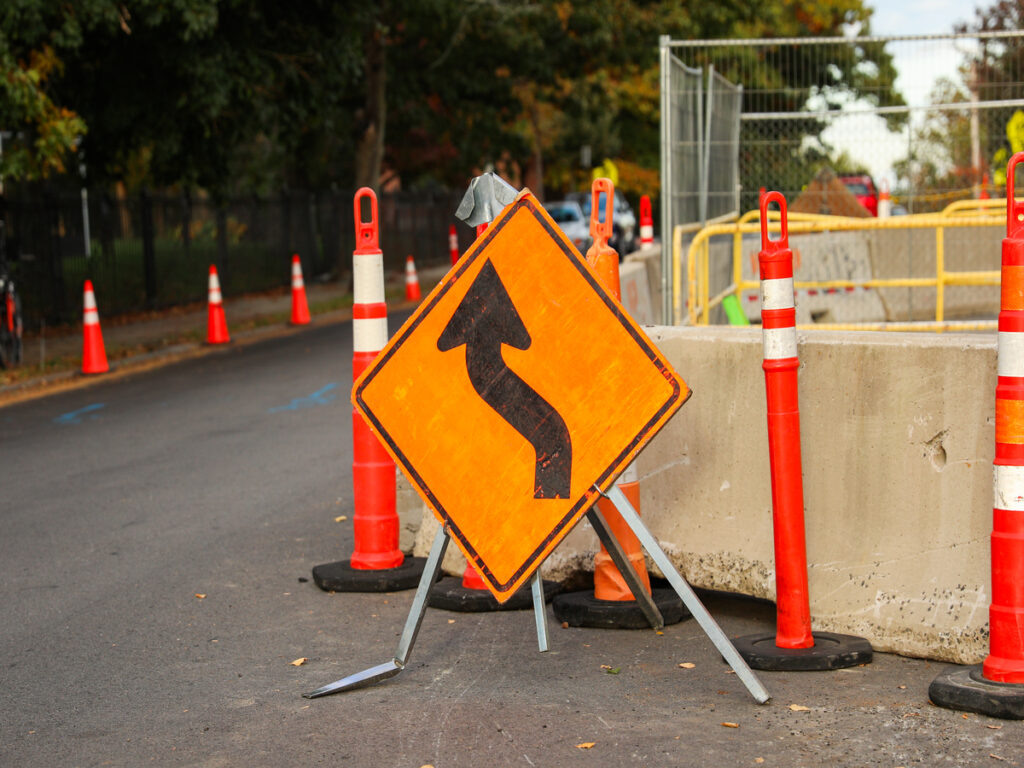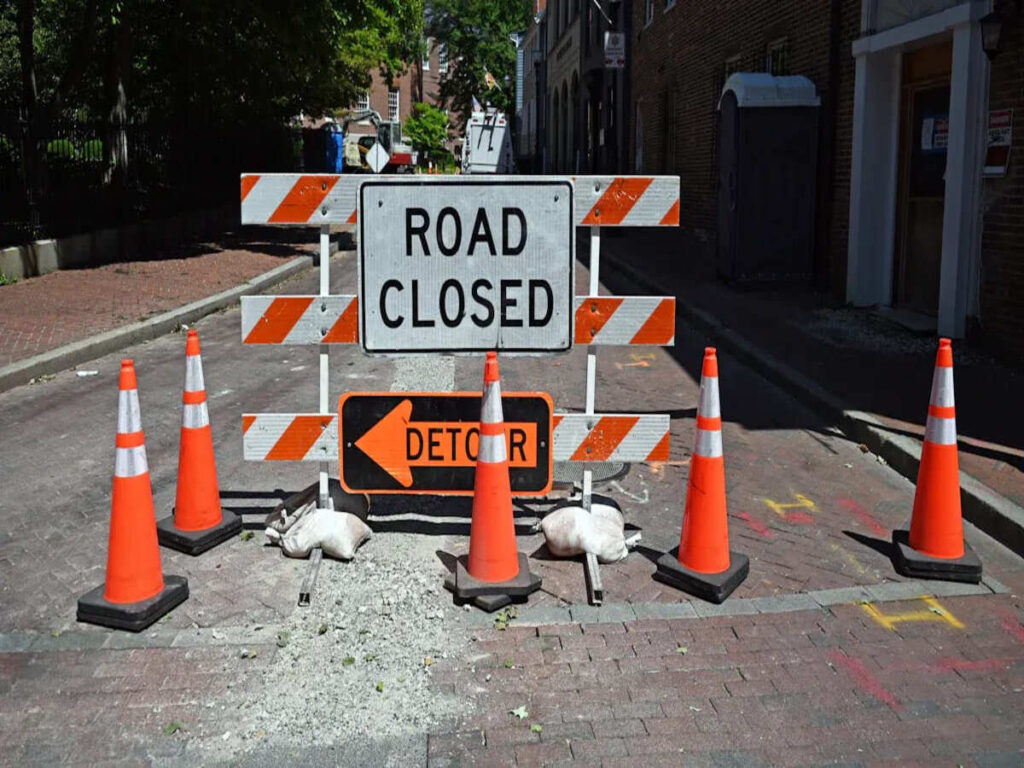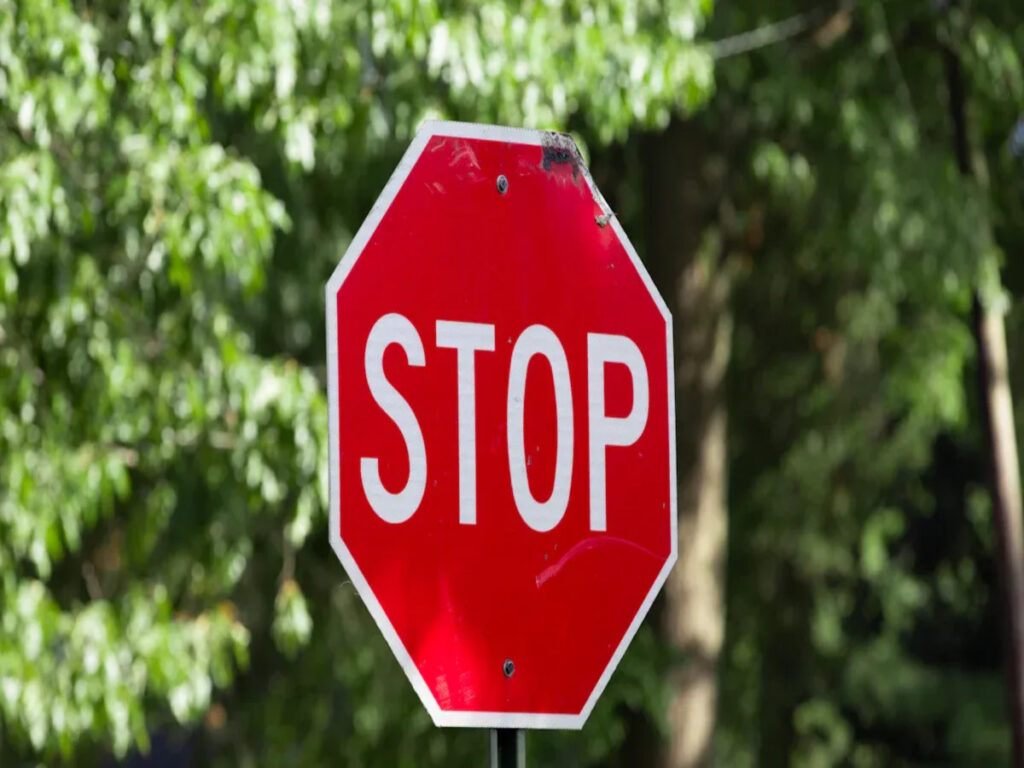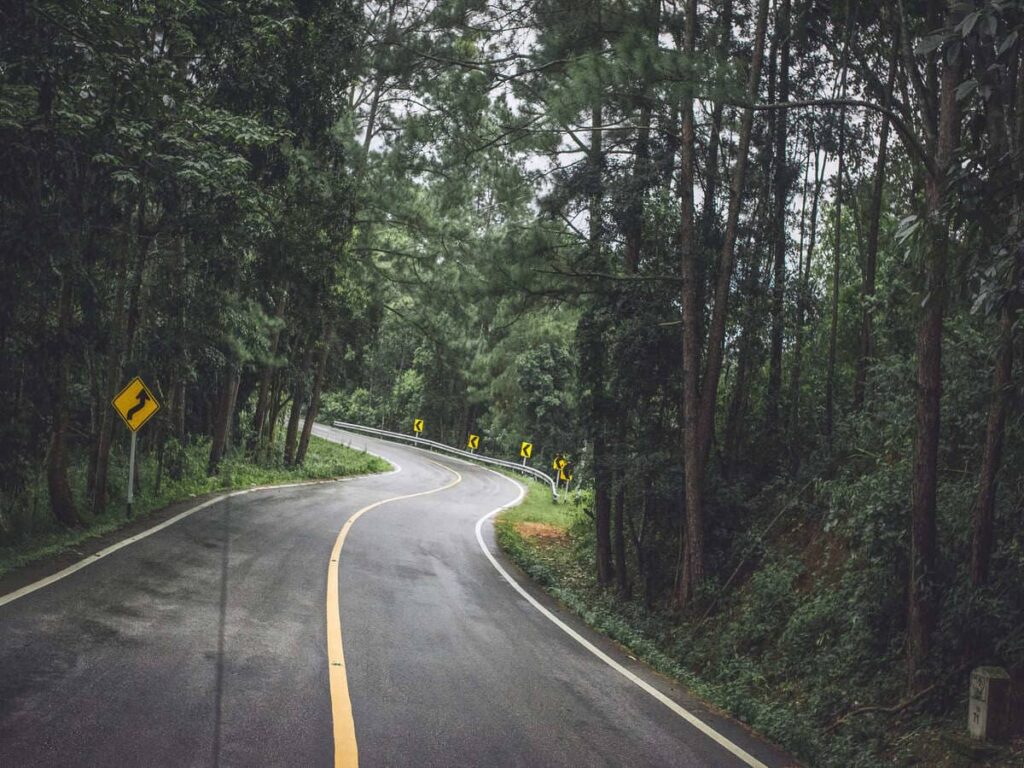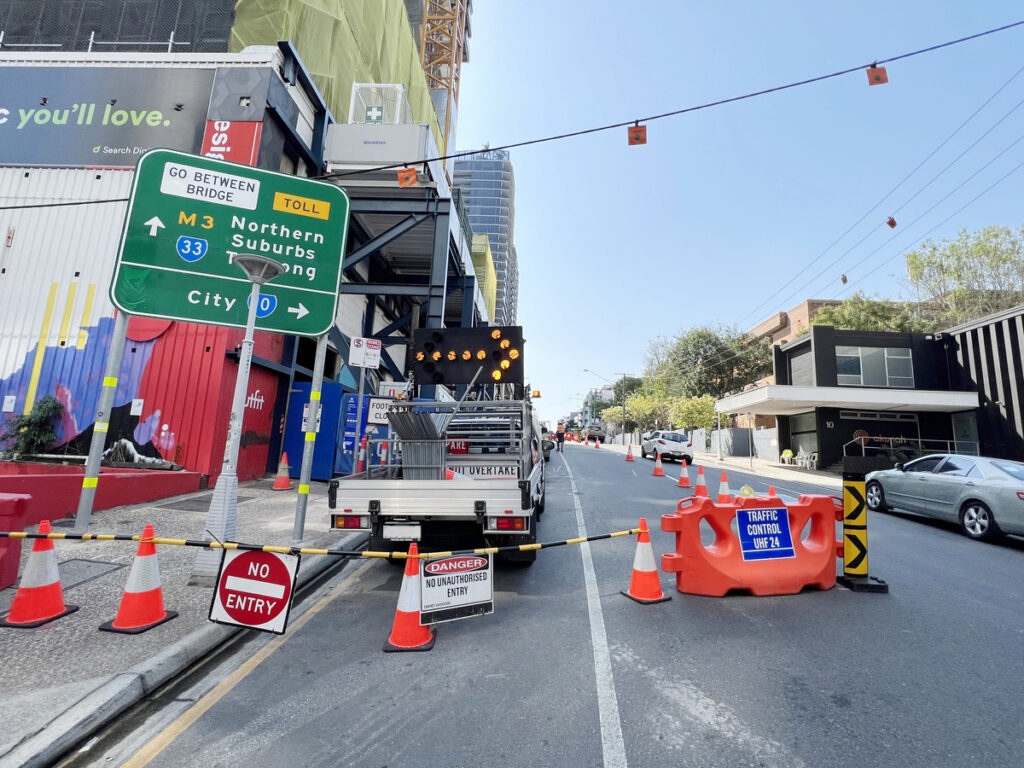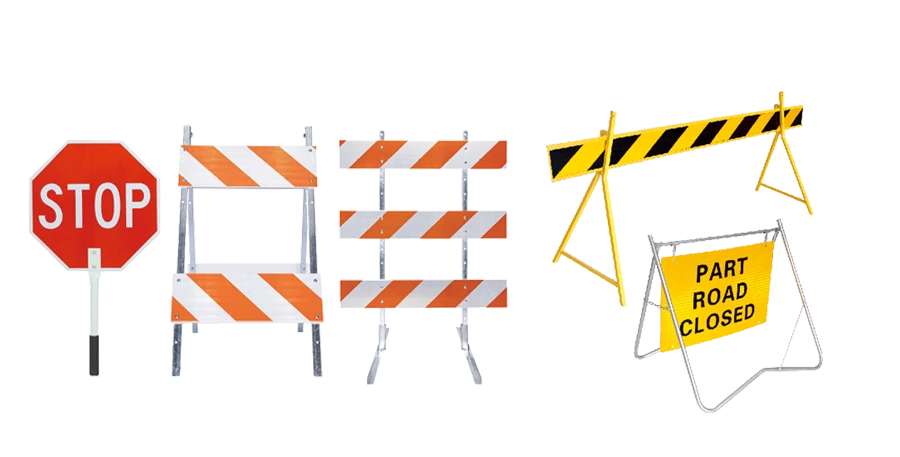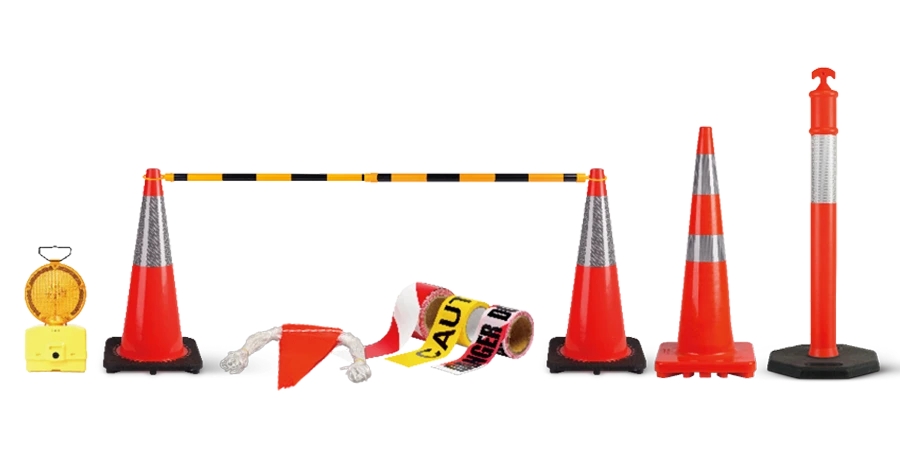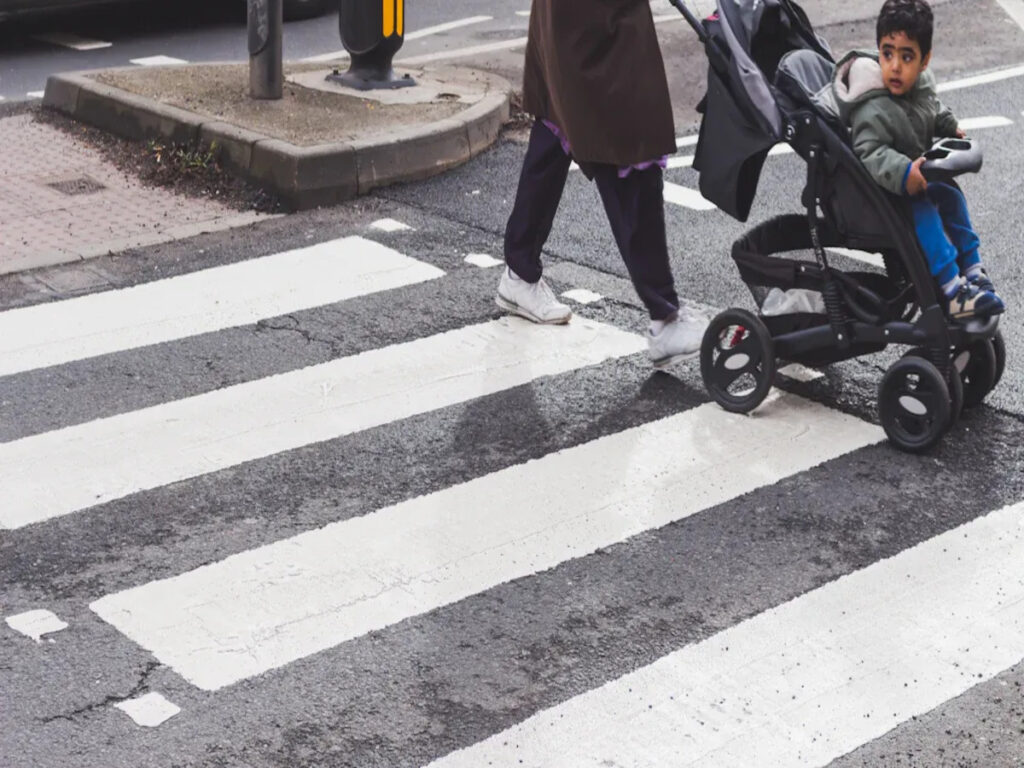
Pedestrian areas often have significant safety problems. In 2022, 7,522 pedestrians died in the U.S. Connecticut had 1,474 pedestrian crashes in 2023, resulting in 180 ferite gravi e 64 deceduti. These numbers highlight the urgent need to make walking areas safer. Traffic safety signs and portable delineators are crucial for enhancing safety. They help guide both walkers and drivers, ensuring smooth movement and reducing accidents. By marking clear paths and providing clear traffic safety signs, these measures make walking areas safer for everyone.
OPTRAFFICO fornisce segnaletica di sicurezza stradale di alta qualità E portable delineators designed to improve safety in pedestrian areas. Their products help create safer environments, guiding both pedestrians and drivers with clear, segnaletica visibile.
Contact OPTRAFFIC today for effective and reliable traffic safety solutions.
Takeaway chiave
- Traffic safety signs and markers help guide people and drivers. They lower accidents and make walking areas safer for everyone.
- Cities should focus on clear walkways, bright lights, and safe crossings. This is especially important in busy city areas.
- Urbanisti, conducenti, and walkers must work together. This teamwork helps create safer places and ensures safety rules are followed.
- Signs and markers with reflective materials are easier to see at night. They help stop accidents and save lives.
- Smart tools like LED signs and markers can help a lot. They improve traffic movement and keep walkers safe in crowded places.
The Importance of Traffic Safety in Pedestrian Areas

Risks Faced by Pedestrians in Urban Zones
Cities can be dangerous for people walking. In 2012, 73% of pedestrian deaths happened in cities. Crowded streets, distrazioni, and poor design make it risky. Many city areas lack good lighting or safe crosswalks. This makes walking at night especially unsafe.
A study shows most pedestrian deaths happen on busy city roads at night. Scarsa illuminazione, no crosswalks, and hard-to-fix roads are big problems. These issues show why better safety measures are needed in cities.
Knowing these dangers helps explain why city safety must improve to protect walkers.
The Role of Traffic Safety in Preventing Accidents
Traffic safety steps help lower accident numbers. Ad esempio, research shows that if the number of walkers doubles, crashes only rise by 41%. This means more people walking together can make streets safer.
- Research shows doubling walkers or bikers only raises crashes by 41%.
- More walkers or bikers cause fewer crashes than expected.
- This safety effect is stronger for walkers than bikers in cities.
Adding clear safety signs and delineators makes streets even safer for everyone.
Shared Responsibility Among Pedestrians, Driver, and Planners
Keeping walkers safe needs teamwork. City planners should design spaces with clear safety signs and safe paths. Drivers must stay careful and respect walking areas. Walkers should follow rules and stay alert.
| Descrizione dell'evidenza | Punti chiave |
|---|---|
| Smart city planning | Adds safe paths, segni chiari, and upkeep to prevent accidents. |
| Community teamwork | Involving locals builds shared care for safety. |
| Vision Zero in Stockholm | Shows plans that protect all road users with safe rules. |
Quando tutti lavorano insieme, walking areas become safer and better for all.
How Traffic Safety Signs Improve Public Safety
Helping Pedestrians and Drivers Act Safely
Traffic safety signs are important for guiding walkers and drivers. They give clear directions to avoid confusion and accidents. Per esempio, crosswalk signs remind walkers to watch for cars turning. Warning signs tell drivers to slow down near walking areas. Segni di pavimentazione, like zebra stripes, show safe places to cross. These tools make roads safer for everyone. Putting safety signs in the right spots helps people stay alert and act safely.
Types of Traffic Safety Signs in Walking Areas
There are different traffic safety signs for pedestrian safety, ad esempio:
- Segnali di avvertimento: Tell drivers about upcoming crosswalks.
- Segni normativi: Show speed limits or rules like “No Cars Allowed.”
- Segni informativi: Point to walking paths or nearby places.
- Segni temporanei: Used during construction or events to guide walkers and drivers.
City planners use these traffic safety signs to make walking areas safer. This helps people walk more and depend less on cars, creating better spaces for everyone.
Making Signs Easy to See and Follow Rules
I segni devono essere facili da vedere, anche di notte. Reflective materials help traffic safety signs stand out in the dark. Seguendo le regole di sicurezza, Piace Standard MUTCD, ensures traffic safety signs work well and meet legal needs.
Studies show how visibility and rules improve safety. In St. Paul, Minnesota, drivers yielding to walkers rose from 26% A 78% with bright enforcement programs. North Carolina’s Watch for Me NC program cut pedestrian crashes by 12.8%. These examples show how clear traffic safety signs and rules make roads safer.
The Role of Delineators in Pedestrian Safety
Setting Clear Boundaries Between Cars and Walkers
Delineators help keep walkers safe by marking clear boundaries. They separate walking paths from car lanes. I loro colori vivaci e le superfici riflettenti li rendono facili da vedere. Even in the dark, drivers can spot them quickly. This reduces accidents by guiding both drivers and walkers. Delineators make public spaces safer and more organized.
Delineators also help emergency vehicles move through busy areas. They create clear paths for responders to reach emergencies fast. This makes delineators important for city safety and traffic control.
Types of Delineators for Walking Areas
There are different safety delineators for various needs in walking zones. Flexible post delineators are good for temporary barriers. They bend without breaking if hit lightly. Reflective delineators are great for dark areas, as they shine brightly at night. Barrier delineators are stronger and protect walkers in risky spots.
Each type solves specific safety problems. Picking the right one ensures safety and smooth movement in walking areas.
Delineatori vs. Coni stradali: Scegliere l'opzione migliore
When choosing between road delineators and cones, think about their uses.
- Coni stradali: These work well for short-term setups like construction zones. They guide drivers but are less durable and visible than delineators.
- Delineatori del traffico: These are better for long-term use. They improve lane order, give clear guidance, and are easier to see. Drivers respond faster to delineators, making them safer for walkers.
For busy or permanent areas, delineators are the best choice. They last longer and are more visible, keeping walkers safe over time.
Integrating Traffic Safety Signs and Delineators for Improved Safety
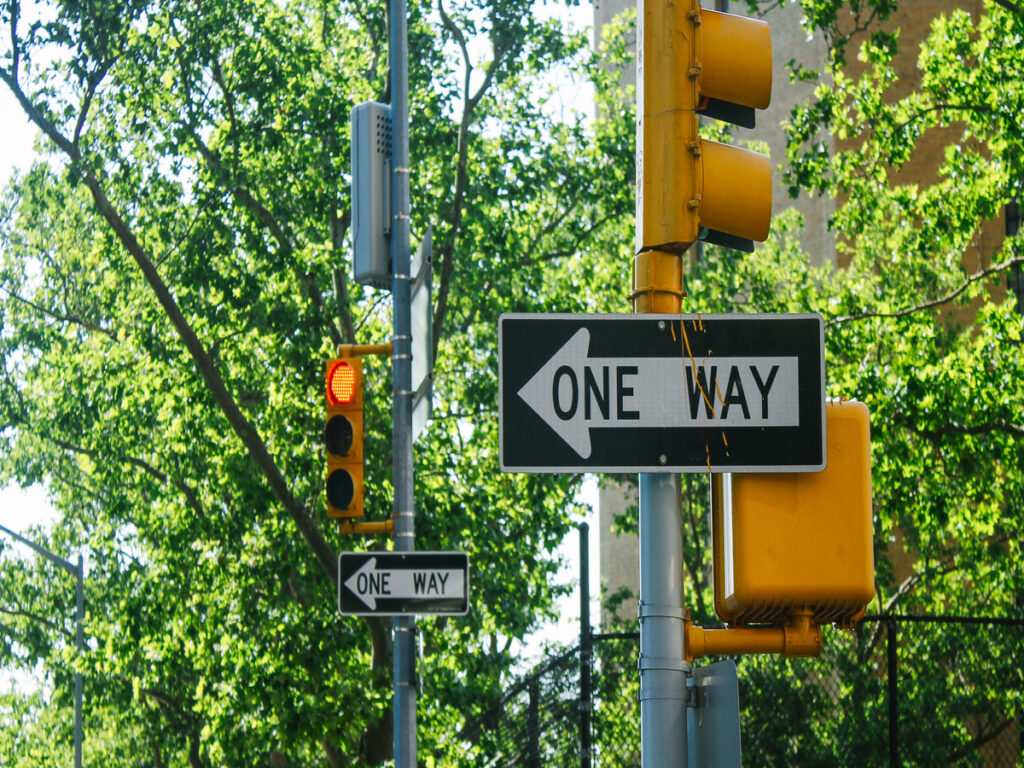
Making Pedestrian Paths Clear
Clear paths help people walk safely without confusion. Usando Segni di sicurezza del traffico E portable delineators together creates safe routes. Segni come “Passaggio pedonale” O “No Vehicles Allowed” show where to walk. Delineatori, like reflective posts or barriers, keep walkers and cars apart. This setup helps walkers stay safe and drivers know where not to go.
Data proves these methods save lives. States with better walking paths have fewer deaths.
| Stato | Deaths | Death Rate per 100,000 |
|---|---|---|
| Utah | 408 | 11.94 |
| Washington | 957 | 12.25 |
| Iowa | 400 | 12.47 |
| Vermont | 83 | 12.82 |
These numbers show how clear paths lower accidents and protect walkers.
Handling Cars and Walkers Together
Managing cars and walkers in shared spaces needs good tools. Segnali di sicurezza stradale E portable delineators help guide both groups. Per esempio, LED signs give live updates to drivers. This helps them make better choices. Delineatori create safe zones for walkers while cars move smoothly.
New tech like AI is also helping traffic control. It uses live data to adjust signs and paths as needed. Adding these tools makes streets safer and reduces problems between cars and walkers.
Storie di successo nella vita reale
Examples show how Segni di sicurezza del traffico E Delineatori migliorare la sicurezza.
- Smart Delineators in Singapore: Solar-powered posts with sensors cut accidents and improved traffic flow.
- NOI. Pilot Programs: Cities like Los Angeles used smart tools to reduce delays and protect walkers.
- New York City Bike Lanes: Aggiunta Delineatori cut cyclist deaths by 75% and boosted bike use by 225% In 20 anni.
These examples prove that smart safety tools can make walking areas safer and more efficient.
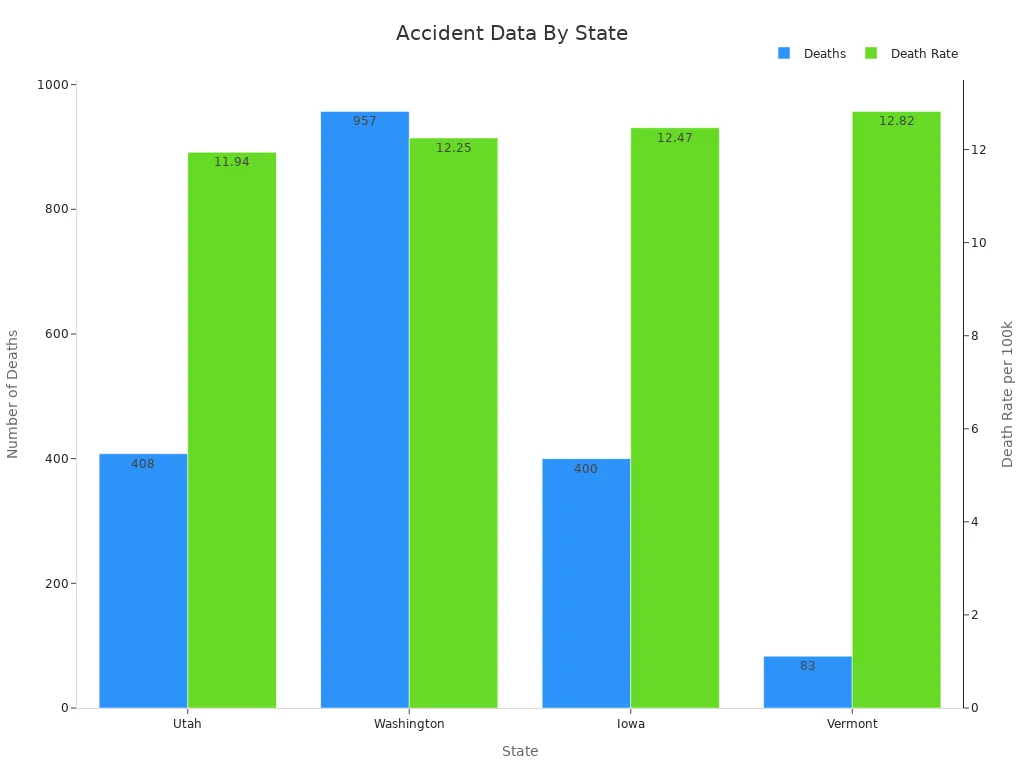
Migliorare la visibilità con materiali riflettenti
Why Reflective Materials Are Important for Safety
Reflective materials help keep walkers and drivers safe. They bounce light back to its source, making things easier to see in the dark. This bright contrast helps people notice reflective items quickly. Per esempio, reflective road markers guide drivers at night and lower accident risks.
Regole come ANSI / ISES 107-2020 show how to use reflective materials. These rules explain how to design and test them for safety. Seguendo questi standard, we can make walking areas safer for everyone.
| Fonte | Quello che mostra |
|---|---|
| ANSI / ISES 107-2020 | Explains how to design reflective materials for better visibility. |
Picking the Best Reflective Materials for Walking Areas
Choosing the right reflective materials depends on what your area needs. Adding reflective edges to traffic lights can cut crashes by 15-25%. Reflective road markers are great for guiding drivers in cities and countryside areas. These tools work best in dark places where seeing clearly is hard.
IL Amministrazione federale delle autostrade supports using reflective edges as a safety fix. They are cheap and very effective. Adding these materials makes walking areas safer and reduces accidents.
| Tipo di prova | Quello che fa | Impatto di sicurezza |
|---|---|---|
| Traffic Signal Backplates | Reflective edges on traffic lights | Cuts crashes by 15-25% |
| Amministrazione federale delle autostrade | Supports reflective edges for safety | Proven to save lives |
How High-Visibility Tools Help Pedestrians
High-visibility tools like reflective crosswalks and road markers make walking safer. Studies show reflective crosswalks are seen from twice as far as regular ones. A 30 mph, this gives drivers eight extra seconds to react, che può salvare vite umane.
Reflective road markers also guide drivers better in the dark. They protect walkers by showing clear paths. In Estonia, pedestrian deaths dropped by 75% after using reflective materials in cities and rural areas. These tools save lives and make public spaces safer.
| Paese | Year Started | Drop in Pedestrian Deaths | Informazioni aggiuntive |
|---|---|---|---|
| Estonia | 1992 (more in 2011) | 75% | Big drop in both city and rural areas |
| Poland | 2009 | 21% in lit, 40% in unlit areas | Most deaths before were in dark places |
Using high-visibility tools can greatly improve safety and lower accidents in your community.
Traffic safety signs and delineators help keep pedestrians safe. They show clear directions, lower risks at intersections, e rendere le strade più sicure. Supporting plans that mix better roads and safety programs is important. These actions, like slowing traffic and teaching safety, reduce accidents and protect people walking.
Using good safety tools brings lasting benefits. In busy intersections or work zones, these tools help people stay alert and safe. Focusing on safety makes streets better for everyone.
Domande frequenti
What are traffic safety signs, E perché sono importanti?
Traffic safety signs help guide walkers and drivers. They give clear directions to avoid confusion and accidents. Per esempio, crosswalk signs show safe places to cross. Speed limit signs remind drivers to slow down near walkers.
How do delineators keep pedestrians safe?
Delineators mark clear boundaries between cars and walkers. I loro colori vivaci e le superfici riflettenti li rendono facili da vedere. They guide drivers to stay in their lanes and protect walkers by showing safe zones.
How are traffic cones different from portable delineators?
Traffic cones are for short-term use, like at construction sites. Delineators last longer and are easier to see. They work better for busy or permanent areas to keep walkers safe.
Why is visibility important for safety tools?
Visibility helps walkers and drivers see signs and markers clearly. Reflective materials make tools brighter at night or in bad weather. Questo mantiene le strade più sicure per tutti.
How can you follow traffic safety rules?
Use tools that meet safety standards like MUTCD or ANSI. These rules explain how to design and place safety tools. Following them makes roads safer and meets legal requirements.
